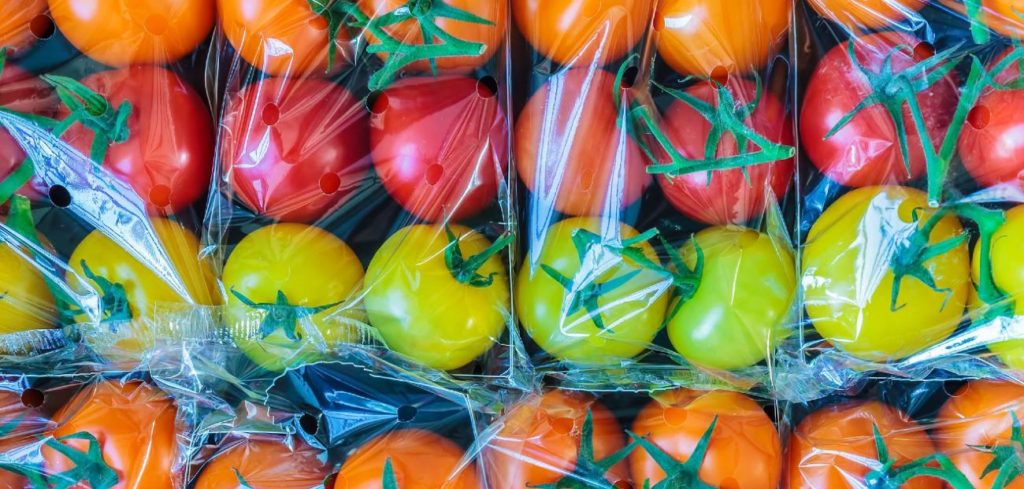Advertisements
Packaging, often underestimated, plays a crucial role in preserving and protecting food. The perception that packaging is just a waste of material can divert attention from its essential role in storage and waste reduction. In this post, we will explore how packaging influences food waste and the importance of proper storage.

Packaging and Food Waste
Packaging is often seen as a necessary evil, especially when it comes to plastics. However, it plays a key role in preventing food waste. A clear example can be seen in supermarkets, where the way fruit is stored can directly affect its quality and, therefore, its waste.
Imagine a pile of papayas sitting on display without packaging, stacked haphazardly. The lack of protection results in crushed and damaged fruit, which is often rejected by consumers, leading to waste. In contrast, fruit wrapped in clear plastic is not weighed down by the weight of other fruits, and remains in better condition.
How Packaging Reduces Waste
- Physical Protection: Packaging protects food from impacts and scratches that can lead to waste.
- Quality Maintenance: Proper packaging helps maintain the freshness of products, reducing the risk of premature spoilage.
- Ease of Transportation: Well-packaged foods are easier to store and transport without damage.

The Role of Packaging in Storage
Proper storage is essential to ensure that food reaches consumers in good condition. Without the correct packaging, the integrity of food can be compromised, leading to increased waste.
For example, fruits and vegetables that are not stored properly can suffer damage during transportation and storage, resulting in loss of quality and value. Packaging acts as a barrier against adverse conditions that can affect the quality of the food.
Types of Packaging and Their Benefits
- Plastic: Provides resistance and protection against physical damage and contamination.
- Glass: Provides an airtight seal, helping to preserve freshness.
- Paper and Cardboard: They are biodegradable and useful for dry and less fragile products.
Storage Care to Reduce Waste
Improper storage can lead to waste. It is essential to take specific precautions to ensure that food remains in good condition until it is consumed. Here are some best practices:
- Temperature Controlled: Store food at appropriate temperatures to prevent spoilage.
- Clean Environment: Keep storage areas clean to prevent contamination.
- Proper Labeling: Clearly identify expiration dates to ensure timely consumption.
The Environmental Cost of Food Waste
The issue of food waste goes beyond the loss of produce. The environmental cost associated with waste is significant, as it involves the use of natural resources, such as water and energy, which are wasted when food is not consumed.
Furthermore, food production requires a considerable amount of resources, and food waste contributes to an increase in the ecological footprint. Life cycle analysis (LCA) is a tool used to assess the environmental impact of packaging and products, considering not only production but also disposal and recycling potential.
Environmental Impacts of Waste
- Excessive Use of Resources: Water, energy and labor are consumed in the production of food that ends up being wasted.
- Waste Generation: Food waste contributes to the generation of organic waste, which can affect the environment.
The Need for Proper Packaging and Care
Packaging plays a vital role in reducing waste and protecting food during storage and transportation. While there may be a negative perception towards the use of packaging, it is important to recognize its value in preserving food quality and minimizing waste.
Adopting proper storage and packaging care practices can help reduce food waste and minimize the associated environmental impact. By considering the environmental cost of waste and the benefit of packaging, we can find a balance that promotes sustainability and resource efficiency.
For more information on the importance of packaging and storage precautions, we recommend exploring documentaries and studies that address these topics and the need for a conscious approach to reducing waste.
Check out other interesting facts about recycling clicking here.
Learn how to make art by recycling, Click here.



